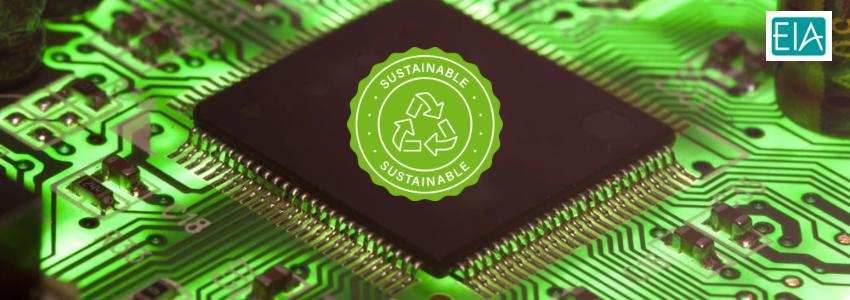In today’s world, environmental sustainability is no longer just a buzzword; it’s a pressing necessity. As industries across the globe strive to reduce their carbon footprint and minimize environmental impact, the electronics manufacturing sector faces unique challenges in addressing environmental concerns in PCB manufacturing. In this comprehensive guide, we explore the technical nuances and specifications of green practices and sustainable solutions in PCB manufacturing, empowering manufacturers to embrace environmentally responsible practices and contribute to a greener future.
Understanding Environmental Concerns in PCB Manufacturing:
PCB manufacturing processes, traditionally characterized by the use of hazardous chemicals, energy-intensive operations, and generation of electronic waste (e-waste), pose significant environmental challenges. From the production of raw materials and manufacturing processes to end-of-life disposal, every stage of the PCB lifecycle presents opportunities for environmental improvement.
Key Green Practices and Sustainable Solutions:
Addressing environmental concerns in PCB manufacturing requires a multifaceted approach encompassing material selection, energy efficiency, waste minimization, chemical management, lifecycle assessment, and adherence to certifications and standards. By embracing green practices and sustainable solutions, manufacturers can minimize their environmental footprint, reduce resource consumption, and contribute to a cleaner, greener future for generations to come. Together, we can build a more sustainable electronics industry that balances technological innovation with environmental stewardship, ensuring a healthier planet for future generations.


